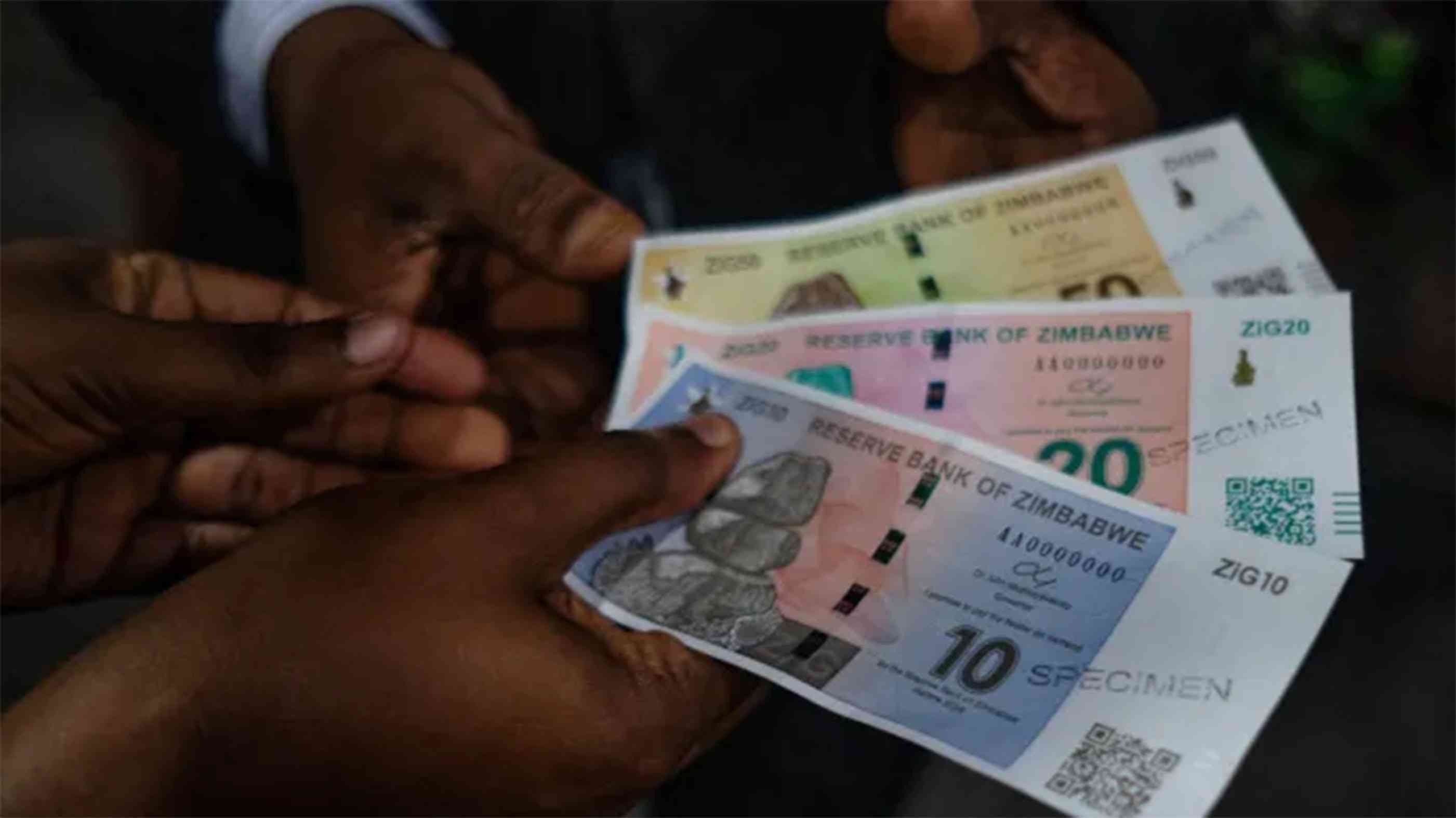
IN February, both the Zimbabwe Stock Exchange (ZSE) and the Victoria Falls Stock Exchange (VFEX) faced a downturn, erasing early-year gains. Exchange rate distortions and money supply dynamics played a pivotal role in dampening investor sentiment, and these factors are worth assessing to predict prospects.
The All Share Index on the Zimbabwe dollar (ZWL)-denominated market dwindled by -3,16% in nominal terms, closing at 525,570.8 points. This decline partially offset the remarkable 157,43% growth observed in January.
Simultaneously, the ZWL depreciated by a staggering -32% against the United States dollar (US$) on the Interbank market in February. Consequently, the ZSE suffered a whopping -34% loss in US$ in February, marking the worst monthly performance in over two years in real terms.
The second-worst ZSE monthly performance occurred in June 2023, with a -29% dip. This decline followed the implementation of controversial policies by the government, including adjustments to the monetary policy. These measures significantly impacted money supply, leading to reduced overall spending in the economy and decreased activity on the ZSE. The resulting bear run caused stock prices to plummet.
Additionally, reduced liquidity affected activity on the parallel exchange market, while the formal exchange rate surged, exacerbating the situation. Understanding these historical trends is crucial for assessing the present and predicting the future dynamics of Zimbabwe’s financial markets and their intricate relationship with monetary policy.
Fast forward, in the fourth quarter of 2023, the central bank in Zimbabwe partially relaxed the monetary policy as the government disbursed payments to contractors. This move led to a significant expansion in money supply, both officially and in market response. As expected, increased money supply resulted in higher spending and greater activity on financial markets.
In January 2024, the exchange premium had widened to 86%, compared to an average of 40% in Q3 2023. Driven by increased money supply and heightened market activity, the ZSE All Share Index achieved a record 55% growth in US$ terms in January 2024.
Meanwhile, despite the delayed monetary policy announcement, free market indicators continue to respond to prevailing policy measures as demand and supply forces operate naturally.
- DPC pays out $139 million
- Zimdollar shortage hits market
- Nedbank Zim profit surges
- Inaugural Zim investor indaba highlights
Keep Reading
In January 2024, the Reserve Bank of Zimbabwe (RBZ) contracted the monetary policy and tightened money supply. Consequently, reduced liquidity led to decreased activity on financial markets, while the parallel market slowed down significantly. Subsequently, the ZSE experienced a sharp decline in February as aforementioned.
Meanwhile, on the US$ denominated market, the VFEX All Share Index plummeted by -3.8% in February, closing at 98,59 points. However, January witnessed a different trend. The VFEX All Share Index surged by 2,52%, with the growth driven by overall positive investor sentiment at the time as increased money supply in both ZWL and US$ facilitated investment diversion into stock markets. Despite historical irregularities related to foreign currency balances, the use of US dollars in transactions had risen to approximately 85%.
Prospectively, as observed from the trend, policy uncertainties will continue to plague investor sentiment, resulting in a sustained downturn on both the ZSE and the VFEX in the medium-term. The rapid depreciation of the ZWL against the greenback makes the ZSE unfavourable for hedging. Investors will thus divert more attention to currency markets, exacerbating exchange rate volatility and further devaluing ZSE portfolios in real terms. To stabilise the ZSE, the RBZ must implement long-lasting monetary policies
The VFEX’s success also hinges on the RBZ. A positive trajectory for VFEX depends on increased liquidity and confidence in the banking system. Achieving this equally requires consistent, long-term policy stability. Zimbabwe has oscillated between the same policy measures for nearly four years. Money supply, exchange rates, and stock markets have followed a volatile yet correlated trend.
- Duma is a financial analyst and accountant at Equity Axis, a leading media and financial research firm in Zimbabwe. — [email protected] or [email protected], Twitter: TWDuma_











